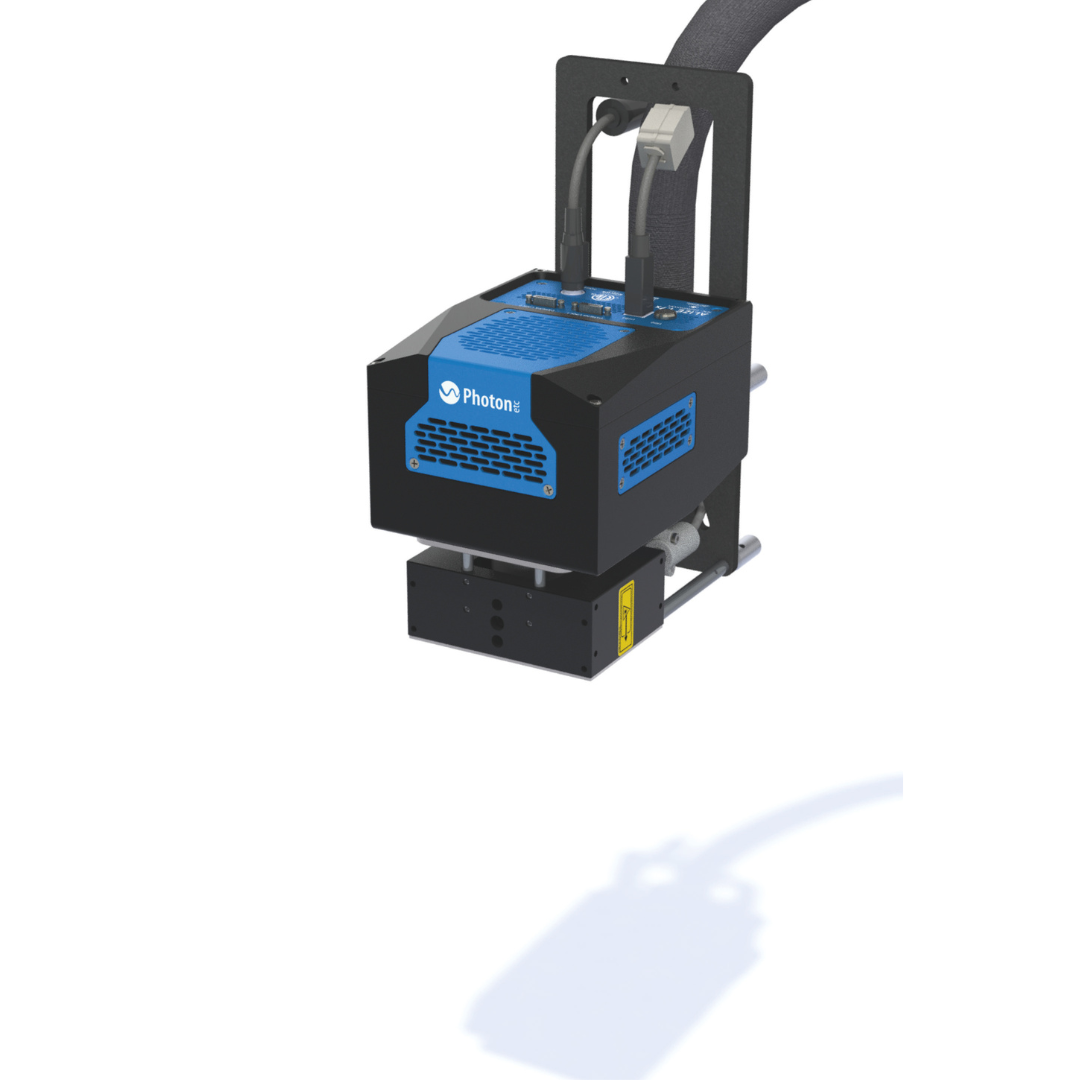Imagerie par fluorescence proche infrarouge ouverte
Le LightIR est un dispositif d'imagerie par fluorescence ouvert, conçu pour l'imagerie par fluorescence en recherche préclinique ou en recherche clinique.

Imagerie vasculaire chez la souris après injection de nanoparticules fluorescentes NIR-II
Caractéristiques principales :
1. Fluorescence proche infrarouge et fluorescence NIR-II
2. Études précliniques ou études cliniques sous approbation IRB
3. Convient pour les petits ou grands animaux
Liste des fluorophores courants utilisés avec le LightIR :
- Cy5, Cy5.5, Cy7, IRDye 700 et IRDye 800 de LiCOR, Indocyanine Green (ICG), ZW 800
- Terres rares (lanthanides), points quantiques et divers nanoparticules fluorescentes
- Agents fluorescents IVISense (680, 700, 800)
- Alexa Fluor AF 680, AF 700, AF 750, AF 790
- Protéine fluorescente infrarouge : iRFP
Fluorescence proche infrarouge et NIR-II
- Autofluorescence limité
- Plus grande pénétration en profondeur
- Meilleure résolution
Fluorescence NIR-II (900 à 1650 nm)
- Pratiquement aucune autofluorescence
- Imagerie à travers le crâne, les os, la mélanine (études sur le mélanome)
Fiche technique
| Modes d'imagerie | Fluorescence NIR-I ou NIR-II, brightfield, soustraction, superposition. Optionnel : brightfield RGB |
|---|---|
| Traitement en temps réel | Soustraction de fond, superposition brightfield/fluorescence |
| Plage spectrale d'émission | NIR-I : 650 - 900 nm, NIR-II : 900 - 1600 nm |
| Canaux fluorescents | 1 ou 2 canaux |
| Longueurs d'onde d'excitation disponibles | 640 nm, 690 nm, 750 nm, 785 nm, 808 nm, 980 nm |
| Filtres d'émission | Définis en fonction des longueurs d'onde d'excitation choisies |
| Champ de vision | 7 cm x 7 cm |
| Détecteur | CMOS (NIR-I) ou Alize 1.7 InGaAs (NIR-II) |
| Taille de l'image (px) | 1024 x 1024 (NIR-I) or 512 x 512 (NIR-II) |
| Format de sortie | Images TIFF (16 bits) avec métadonnées |
Fiche technique
Applications
Publications
Journal of Medicinal Chemistry
- Biochimie et nanosenseurs
- Oncologie
- Pharmacologie
Design of Bimodal Ligands of Neurotensin Receptor 1 for Positron Emission Tomography Imaging and Fluorescence-Guided Surgery of Pancreatic Cancer
Colloids and Surfaces B: Biointerfaces
6-Aminocaproic acid as a linker to improve near-infrared fluorescence imaging and photothermal cancer therapy of PEGylated indocyanine green
Biomolecules
- Biochimie et nanosenseurs
- Oncologie
- Pharmacologie
The Design and Preclinical Evaluation of a Single-Label Bimodal Nanobody Tracer for Image-Guided Surgery
Journal of Medicinal Chemistry
- Biochimie et nanosenseurs
- Oncologie
- Pharmacologie
Development of an Easily Bioconjugatable Water-Soluble Single-Photon Emission-Computed Tomography/Optical Imaging Bimodal Imaging Probe Based on the aza-BODIPY Fluorophore
Physiological reports
- Physiologie
- Clinique
Gravity and lymphodynamics
Bioconjugate Chemistry
- Biochimie et nanosenseurs
- Oncologie
- Pharmacologie
Synthesis and Preclinical Fluorescence Imaging of Dually Functionalized Antibody Conjugates Targeting Endothelin Receptor-Positive Tumors
Journal of Medicinal Chemistry
- Biochimie et nanosenseurs
- Oncologie
- Pharmacologie
Development of an Immuno-SPECT/Fluorescent Bimodal Tracer Targeting Human or Murine PD-L1 on Preclinical Models
European Journal of Pharmaceutics and Biopharmaceutics
- Biochimie et nanosenseurs
- Oncologie
- Pharmacologie
Sustained release of a human PD-L1 single-domain antibody using peptide-based hydrogels
European Journal of Cardio-Thoracic Surgery
- Physiologie
- Clinique
Octreotide improves human lymphatic fluid transport a translational trial
ACS Publications
- Biochimie et nanosenseurs
- Pharmacologie
Real-Time Imaging of Hepatic Inflammation Using Hydrogen Sulfide-Activatable Second Near-Infrared Luminescent Nanoprobes
Pharmaceutics
- Biochimie et nanosenseurs
Achieving Effective Multimodal Imaging with Rare-Earth Ion-Doped CaF2 Nanoparticles
Advanced Functional Materials
- Biochimie et nanosenseurs
- Oncologie
- Pharmacologie
Hesperetin Nanoparticle Targeting Neutrophils for Enhanced TBI Therapy
Chemical Communications
- Biochimie et nanosenseurs
Tailoring the SWIR emission of gold nanoclusters by surface ligand rigidification and their application in 3D bioimaging
Biomaterials Science
- Biochimie et nanosenseurs
- Oncologie
- Pharmacologie
Lipoprotein interactions with water-soluble NIR-II emitting aza-BODIPYs boost the fluorescence signal and favor selective tumor targeting
Advanced Science
- Biochimie et nanosenseurs
- Neuroscience
- Pharmacologie
Ligustrazine Nanoparticle Hitchhiking on Neutrophils for Enhanced Therapy of Cerebral Ischemia-Reperfusion Injury
bioRxiv
- Biochimie et nanosenseurs
- Oncologie
- Pharmacologie
An EGF-modified PLGA-lanthanide nanoplatform for combined NIR-II cancer imaging and targeted drug delivery
American Journal of Physiology-Heart and Circulatory Physiology
- Physiologie
Real-time visualization of dextran extravasation in intermittent hypoxia mice using noninvasive SWIR imaging
Vidéos
LightIR - Imagerie par fluorescence proche infrarouge ouverte
Le LightIR est le premier système d'imagerie conçu pour les environnements fermés et ouverts, idéal pour la chirurgie guidée par fluorescence et la recherche préclinique. Il offre trois configurations pour les petits et grands animaux, une imagerie par fluorescence en temps réel avec suppression automatique du bruit de fond et de multiples options d'imagerie (NIR-I, NIR-II, RGB). LightIR garantit une sensibilité élevée, une acquisition rapide et une utilisation fluide.

